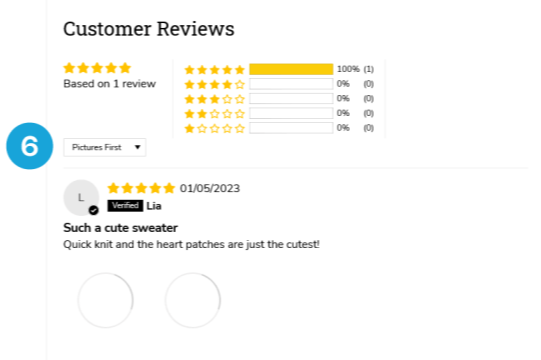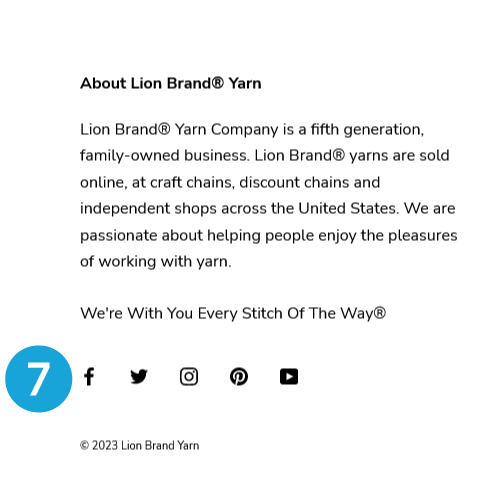
Why is this important to me?
Social media helps build trust, credibility, reputation, and awareness around your brand. It is an integral part of marketing yourself or a business. It keeps your users within the ecosystem of your website and social media platforms.










